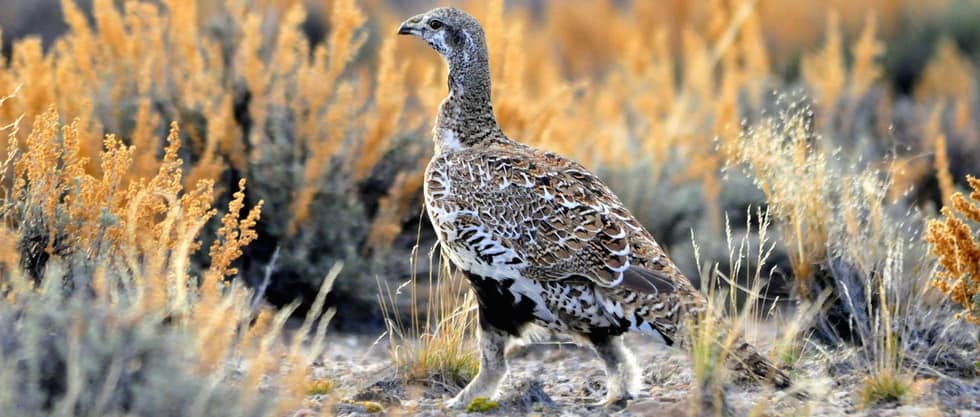Share this article
FWS Reaches Settlement on Candidate Endangered Species
The Center for Biological Diversity (CBD) and the U.S. Fish and Wildlife Service (FWS) reached a settlement last Wednesday, September 9, dictating when FWS must decide whether ten avian, fish, and invertebrate species warrant listing under the Endangered Species Act (ESA).
The settlement lays out the deadlines by which FWS must complete a 12-month finding for each species to evaluate if a threatened or endangered listing is warranted, not warranted, or warranted but precluded given the best available scientific data. The deadlines to release 12-month findings for the Mohave shoulderband snail, glacier stonefly, yellow lance mussel, black-capped petrel, and six fish species included in this settlement range from April 11, 2016 to September 30, 2020.
The settlement includes a limit to the number of court challenges and ESA petitions CBD can file with FWS through the end of FY2016. If CBD fails to stay within this limit, or FWS decides they cannot reach these deadlines as a result of other court orders or agreements, this settlement can be re-negotiated.
Settlements such as this are not new for FWS, nor are the lawsuits that cause them.
The ESA is largely unique in its broad allowance of individuals and groups to both petition the federal government for species protections as well as sue the federal government to ensure ESA deadlines are met. These types of citizen actions have been used with increased frequency in recent years. In 2009, 63 species were petitioned for ESA listing. This number jumped to 451 in 2010 in large part due to increased action from groups such as CBD and WildEarth Guardians.
These increased demands have overwhelmed the human and financial resources of FWS, resulting in an inability to meet listing deadlines. This has caused an increase in the use of settlements, such as in this case as well as a September 2011 settlement also involving CBD that set listing decision deadlines for 251 species.
Included in these 251 species was the greater sage-grouse. This species has become a contentious legislative issue, with some lawmakers calling for a delay in the listing decision. FWS is due out with a listing decision for the greater sage-grouse by September 30.
FWS has proposed changes to the petition process that may reduce the number of petitioned species in coming years. These changes include only accepting one species per petition instead of the multi-species petitions currently accepted. Another proposed change is to require petitioners to obtain relevant information from state fish and wildlife agencies to include on a domestic species’ petition. FWS hopes the adoption of these proposed changes will result in improved quality and content of each petition, which should in turn better focus the energies of FWS’ resources on species of greatest concern.
Settlements resulting from lawsuits have led to FWS determining that listing was warranted for 170 species as of July 2015. As the deadlines of these large agreements begin arriving en masse for FWS, the agency may find themselves continuously challenged by statutory deadlines if the issues they currently face are not addressed.
Additional Sources: E&E News PM (September 9, 2015), Greenwire (July 27, 2015), E&E News PM (September 9, 2011), U.S. Fish and Wildlife Service Listing Program Work Plan Questions and Answers
Header Image: Greater sage-grouse at Seedskadee National Wildlife Refuge.
Image Credit: Tom Koerner, USFWS, licensed by cc 2.0








